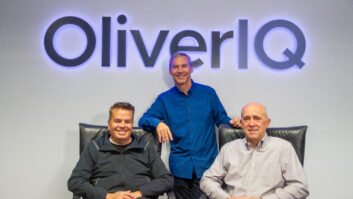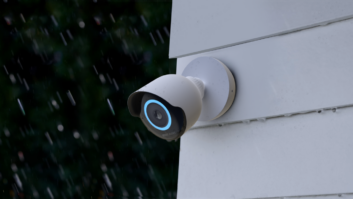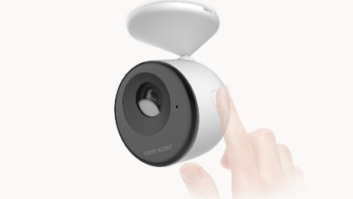Multiple wireless carriers could be offering E911 Phase 2 location service to subscribers in select markets late this year or early next, but not as soon or in as many places as the FCC would like.
The carriers, which are seeking waivers from FCC-mandated timetables, contend they can’t meet an initial Oct. 1 deadline because of the lack of commercial infrastructure and location-capable handsets. They nonetheless insist they’ll be able to comply fully with the FCC’s long-term deadline for full compliance, which is year-end 2005 for carriers implementing two of the three types of solutions outlined by the commission.
The FCC, which issued its Phase 2 mandate in 1995, will now decide whether to impose fines or approve the waivers.
Jim Nixon, VoiceStream’s director of government affairs, placed some of the blame for the delays on the slumping telecom sector, which has caused vendors to cut staffs. “We’re finding it more difficult in some cases to finalize the development of location technologies,” he said.
Despite the delays, carriers say they are moving forward. Sprint PCS, for example, said it will offer Phase 2 service sometime in November in Rhode Island. Carriers AT&T Wireless, VoiceStream, and Verizon could follow within months in select markets.
To meet the Phase 2 mandate, carriers have three options: implement handset-based systems, network-based solutions, or a hybrid that requires a combination of Automatic Location Information (ALI)-capable handsets and a network upgrade. Hybrid solutions include an assisted-GPS solution planned by Sprint PCS and an EOTD (Enhanced Observed Time Difference of Arrival) solution, one of two solutions planned by VoiceStream.
The FCC’s accuracy requirements depend on technology choice. Handset-based and hybrid solutions must be accurate to 50 meters for 67 percent of calls and to 150 meters for 95 percent.
Network-based systems, which can be used with legacy handsets, must locate handsets within 100 meters for 67 percent of calls and 300 meters for 95 percent of calls.
Under Phase 1 of the FCC’s E911 mandate, carriers must deliver a subscriber’s location only within a cell site in those markets where public-safety agencies have requested Phase 1 service.
For their Phase 2 rollouts, all major carriers have announced plans for network-based or hybrid solutions, and carriers adopting the two solutions must meet multiple deadlines, according to a spokesman in the FCC’s Wireless Telecommunications Bureau. The first was on Oct. 1, when carriers were to begin offering commercial Phase 2 service to public safety agencies that requested the service at least six months before that date. After Oct. 1, carriers must also offer service within six months of a request.
To date, only a small percentage of public safety agencies have requested Phase 2 service, the FCC’s wireless bureau said.
Once a request is received, a carrier has six months to build out a Phase 2 footprint that reaches 50 percent of the population in the area served by the requesting agency. Twelve months after that, the carrier must deliver 100 percent coverage.
Even if carriers install the network equipment, however, they can’t deliver location information to public safety agencies until the agencies themselves upgrade their communications equipment. As a result, consumers might not be able to transmit their locations to emergency dispatch centers even if a carrier has held up its end of the bargain, carriers stressed.
The FCC also imposed additional deadlines for carriers who choose handset-only and hybrid solutions. The deadline required carriers to begin selling and activating ALI-capable handsets by Oct. 1, 2001, then gradually increase their percentage of ALI-capable phones sold. By Dec. 31, 2002, all phones sold have to be ALI-capable, and by Dec. 31, 2005, 95 percent of handsets in a carrier’s subscriber base must be ALI-capable.













